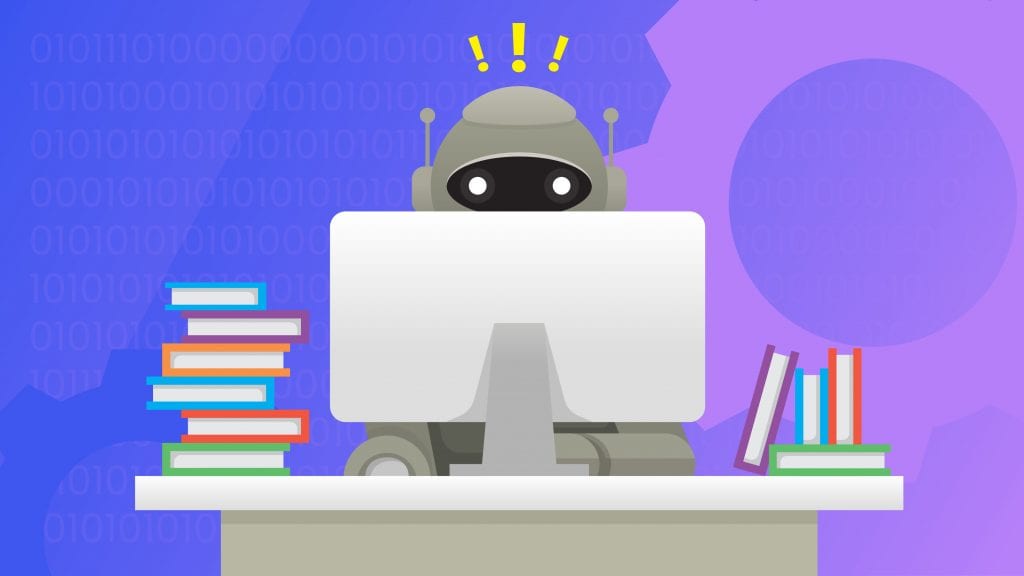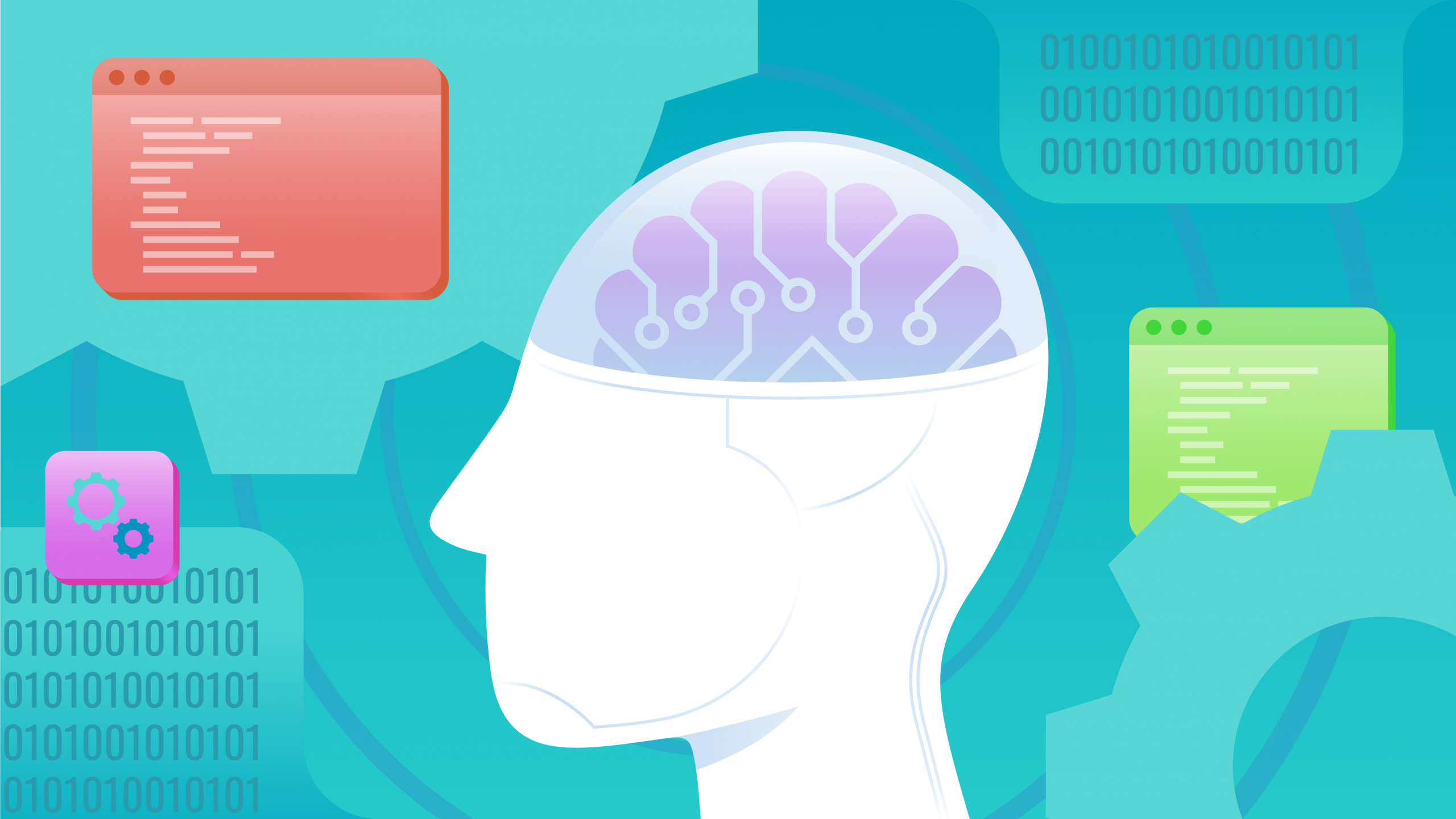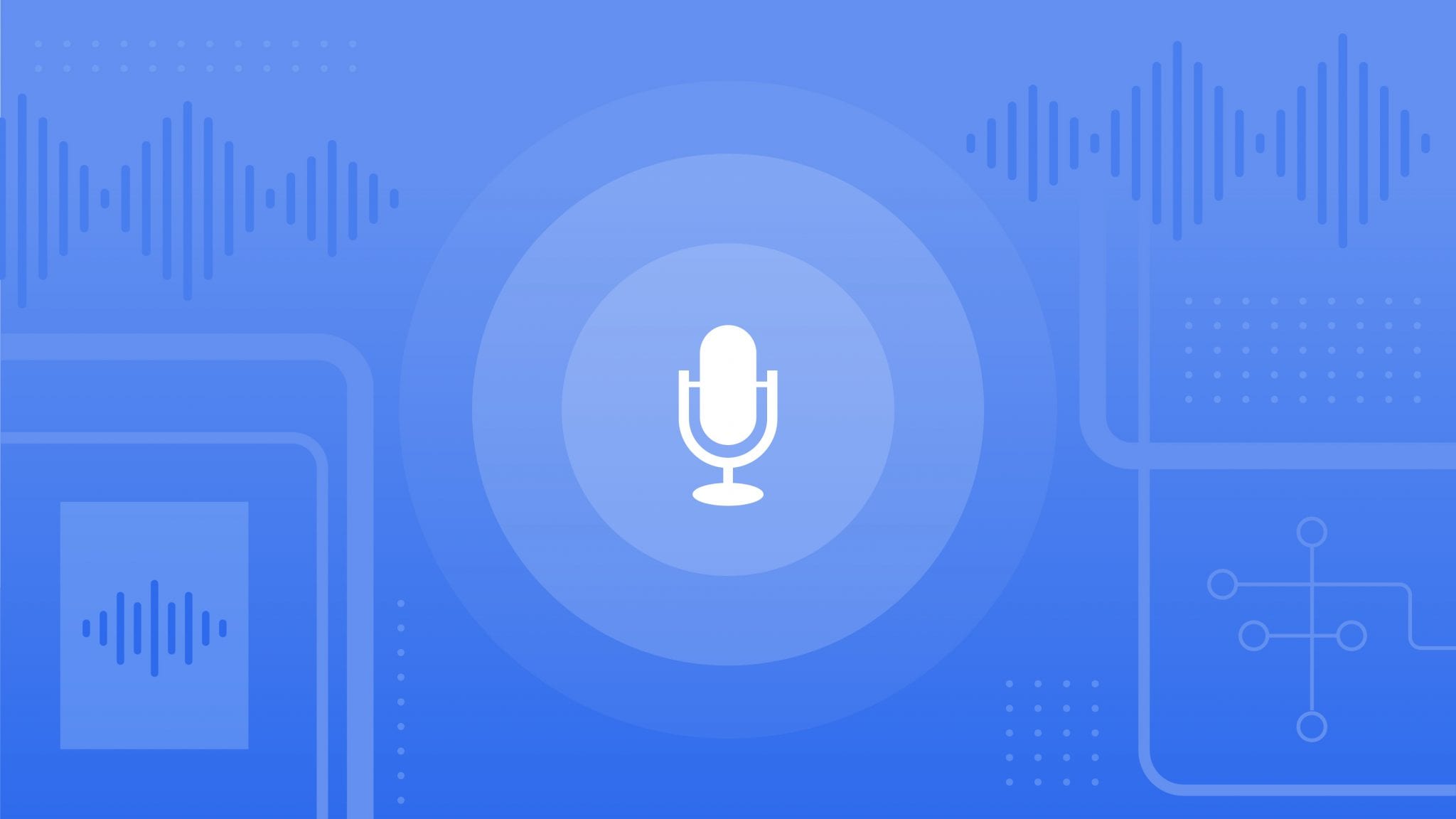Artificial Intelligence vs. Machine Learning: What’s the Difference?

Rev › Blog › Speech to Text Technology ›
Data scientists and developers have been exploring artificial intelligence (AI) and machine learning (ML) since the 1950s, but they have made particularly incredible advances over the last decade. What was once the stuff of science fiction is now regularly applied in everyday life — so much so that some would argue people take it for granted. You can open your smartphone with facial recognition. Gmail automatically suggests words to help you finish composing emails. Netflix recommends new movies and shows to watch based on your viewing habits. These are all practical AI applications in the real world.
Rest assured, the number of these applications will only grow. According to Gartner, the average number of AI or ML projects deployed at an organization is expected to triple by 2022. As more companies embrace the world of Big Data with cutting-edge technologies, “AI” and “machine learning” have become hot buzzwords that are often used interchangeably.
But that’s a mistake.
There are a few important differences between AI and machine learning. Since they’re so often thought of as the same thing, these differences can be a bit confusing. So, let’s start by defining both AI and machine learning, and then dive into how they’re different.
What is artificial intelligence?
The term artificial intelligence is hard to pin down because it encompasses so many different technological advancements. According to Andrew Moore, former dean of computer science at Carnegie Mellon University, “Artificial intelligence is the science and engineering of making computers behave in ways that, until recently, we thought required human intelligence.” In other words, AI is the broad concept of programming “smart” machines to complete tasks in creative ways.
What is machine learning?
Machine learning is a subset of AI that gives systems the ability to learn and improve over time by themselves. It is founded on the idea that machines can learn without constant human supervision or specifically programmed rules. Feeding machine learning algorithms large amounts of data creates a model that can in fact be trained and optimized — it can study, learn, find patterns, and predict outcomes.
Deep Learning: Deep learning is a powerful subset of machine learning inspired by the structure of the human brain. It is currently leveraged in all kinds of innovative AI technologies, including image and speech recognition, natural language processing, self-driving cars, and much more. Deep learning algorithms use multi-layered artificial neural networks capable of specialized learning. These algorithms require massive amounts of training data but are on the forefront of AI innovation today.
How is machine learning applied in the real world?
Businesses and organizations around the world already leverage machine learning systems to simplify operations and maximize efficiency.
Insights: Businesses today are swimming in data — often more data than they know what to do with. Siloed data in too many different systems can create unwanted complexity and cost, and get in the way of effective decision making. Advances in data warehousing and management can yield valuable business insights. With the help of machine learning, businesses can get accurate sales forecasts, predict customer churn, or avoid a product launch delay. These business insights can empower better decision making across multiple industries.
Optimization: Machine learning can help business owners identify their best and worst partners or suppliers based on historical data to get ahead of any issues. Furthermore, it can even determine whether a partner’s — or even employee’s — performance is trending in the wrong direction to highlight areas for improvement.
Automation: Machine learning has been used to automate all kinds of tedious, repetitive tasks for many different businesses. Insurance companies can automate claims processing. Banks and credit card companies can immediately detect fraudulent transactions. Companies deploy chatbots on their websites to more quickly engage customers.
Machine Learning and Automatic Speech Recognition (ASR) Technology
One of the foremost applications of AI and machine learning is Automatic Speech Recognition (ASR) technology, the conversion of spoken word to text. While the field has been around for more than 60 years, huge strides have been made in ASR in the last 10 years.
The advent of cloud computing has made massive amounts of data available to industry leaders, presenting exciting opportunities to improve ASR accuracy. This influx of data has driven developers to find ways to make deep learning training algorithms more efficient. And as ASR technology has improved, customers have come to expect more from it. That’s why researchers and developers are testing new ASR systems that can produce accurate results from low-quality or long-distance audio.
ASR technology is incredibly accurate and has many, many uses. It’s what powers the dictation features on your smartphone when you don’t have a free hand to type a message. It can automatically transcribe the content of a legal deposition or a police officer’s body camera footage. It even can provide automatic live captions for a marketing webinar or a college professor’s lecture.
Automated Speech Recognition with Rev
Rev’s industry-leading ASR technology, Rev.ai, is the most accurate on the market, besting similar technologies from tech giants like Google, Amazon, and Microsoft. Our team has leveraged decades of experience to create a suite of speech-to-text services — including live captioning, video captioning, transcription, and an innovative API — that are fast, affordable, easy to use, and scalable for enterprise level businesses.
Free eBook: How to Transition to Using More A.I.



